SAWS
Sawsexpand_more
WHAT TO CONSIDER
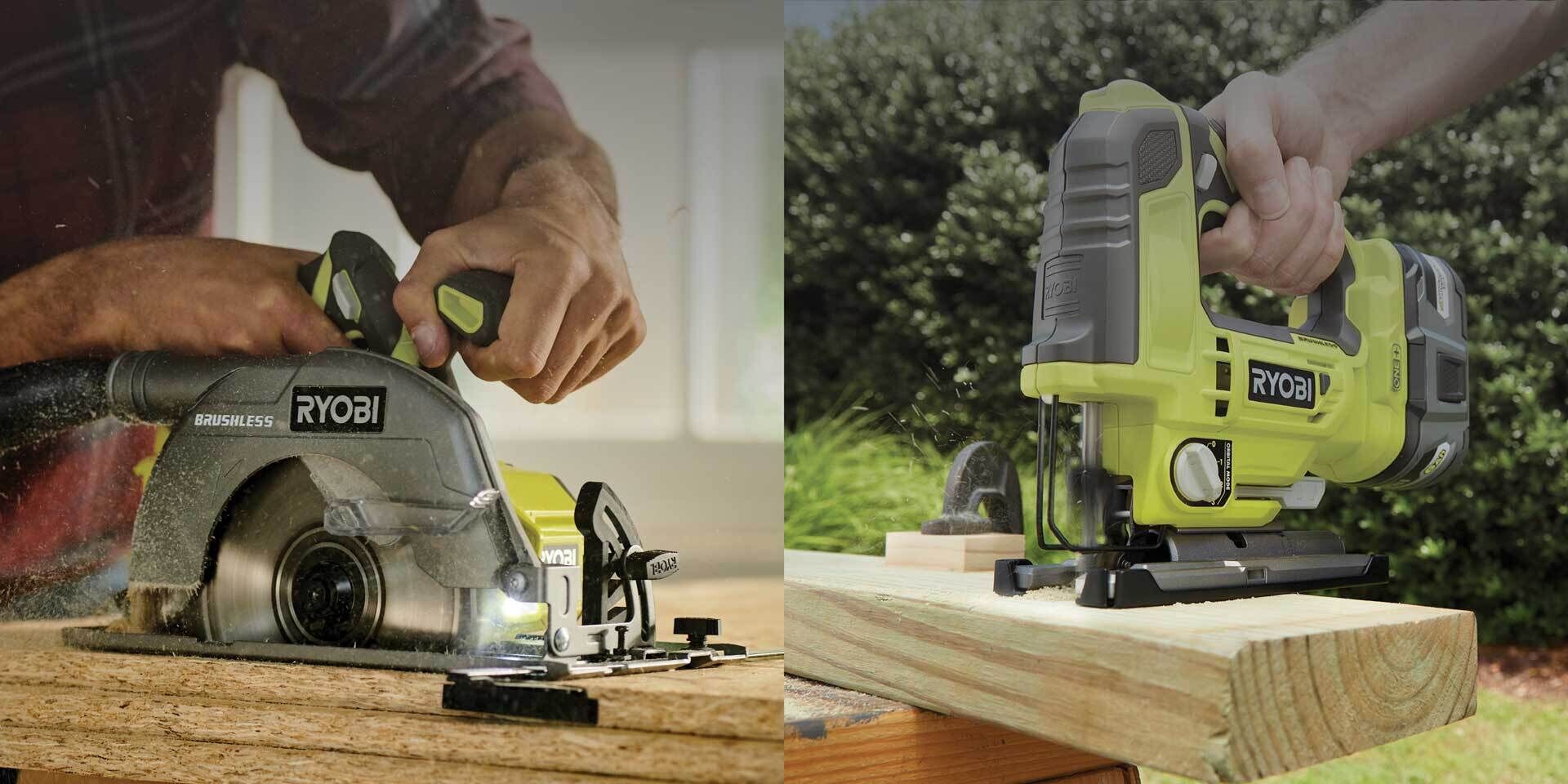
TYPE OF CUT
Many hand-held power saws, like circular saws, only allow for straight cuts. So knowing what type of cut you need to make will be key in choosing the right saw. Jigsaws and reciprocating saws will allow you to cut curves but getting a really straight line with these is a challenge. Bench or table saws are designed to ‘rip’ timber in straight lines, while mitre saws are made for delivering accurate angled cuts. Band saws and other specialised woodworking saws give more flexibility for intricate cuts in timber.

TYPE OF MATERIAL
There is a saw to cut just about any material, from wood, metal, PVC and other plastics through to tiles and masonry. Often, you may need to buy different blades to get the best result. However, not every saw type is suitable for all materials. For instance, recip saws are typically used in demolition work and can be fitted with a variety of blades to suit the material they’re cutting through. Jigsaws, too, can be fitted with different blades for different jobs. However, circular saws are basically for cutting through timber.
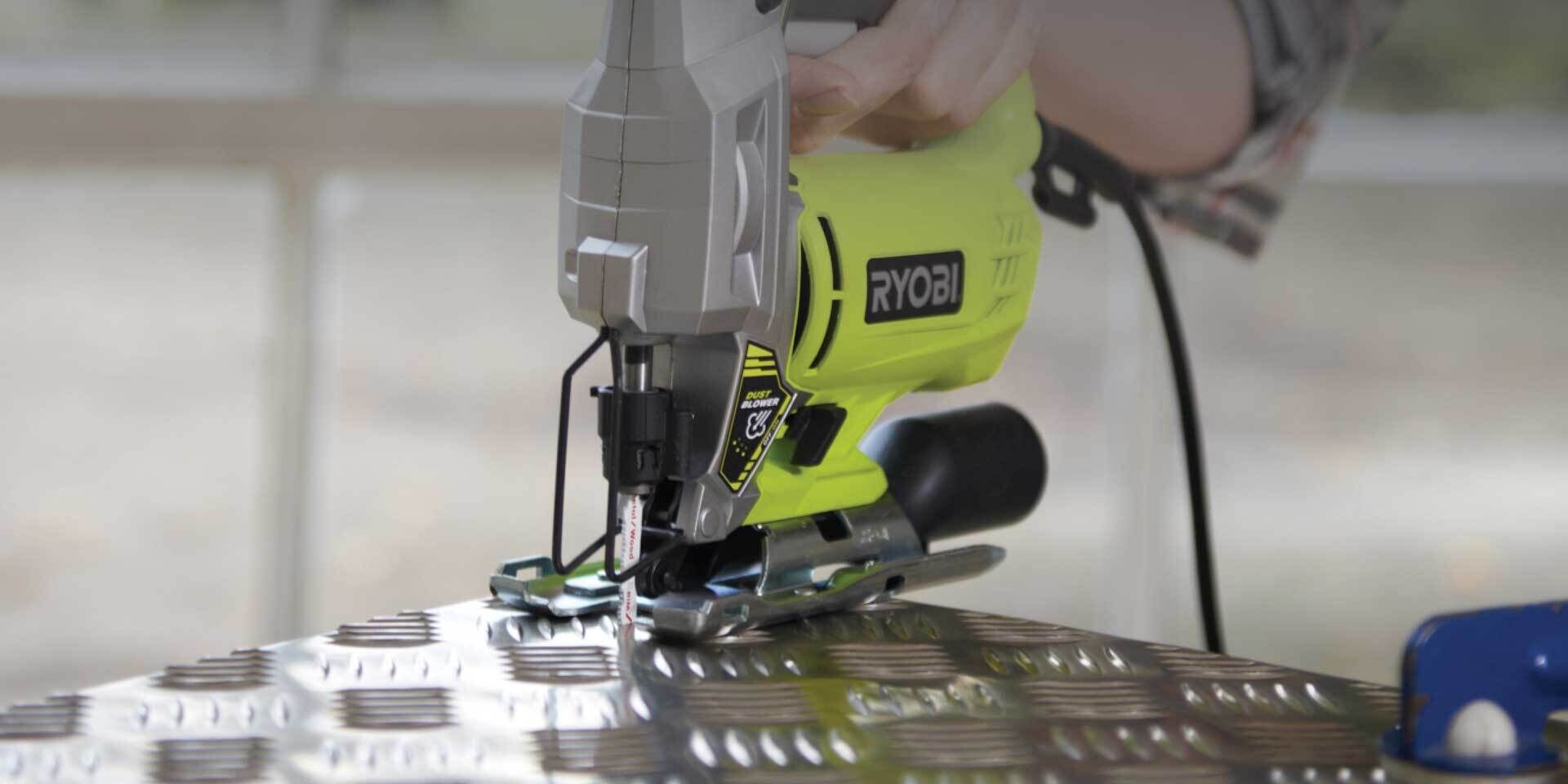
THICKNESS OF MATERIAL
With the exception of reciprocating saws, all other types of saws are limited by their blade size and/or the design of the tool which controls their depth of cut. The ‘cut capacity’ of the tool will tell you how thick a material you can cut. For thicker material, you may be able to make a cut on one side and simply flip over the working piece and make a cut through from the other side.
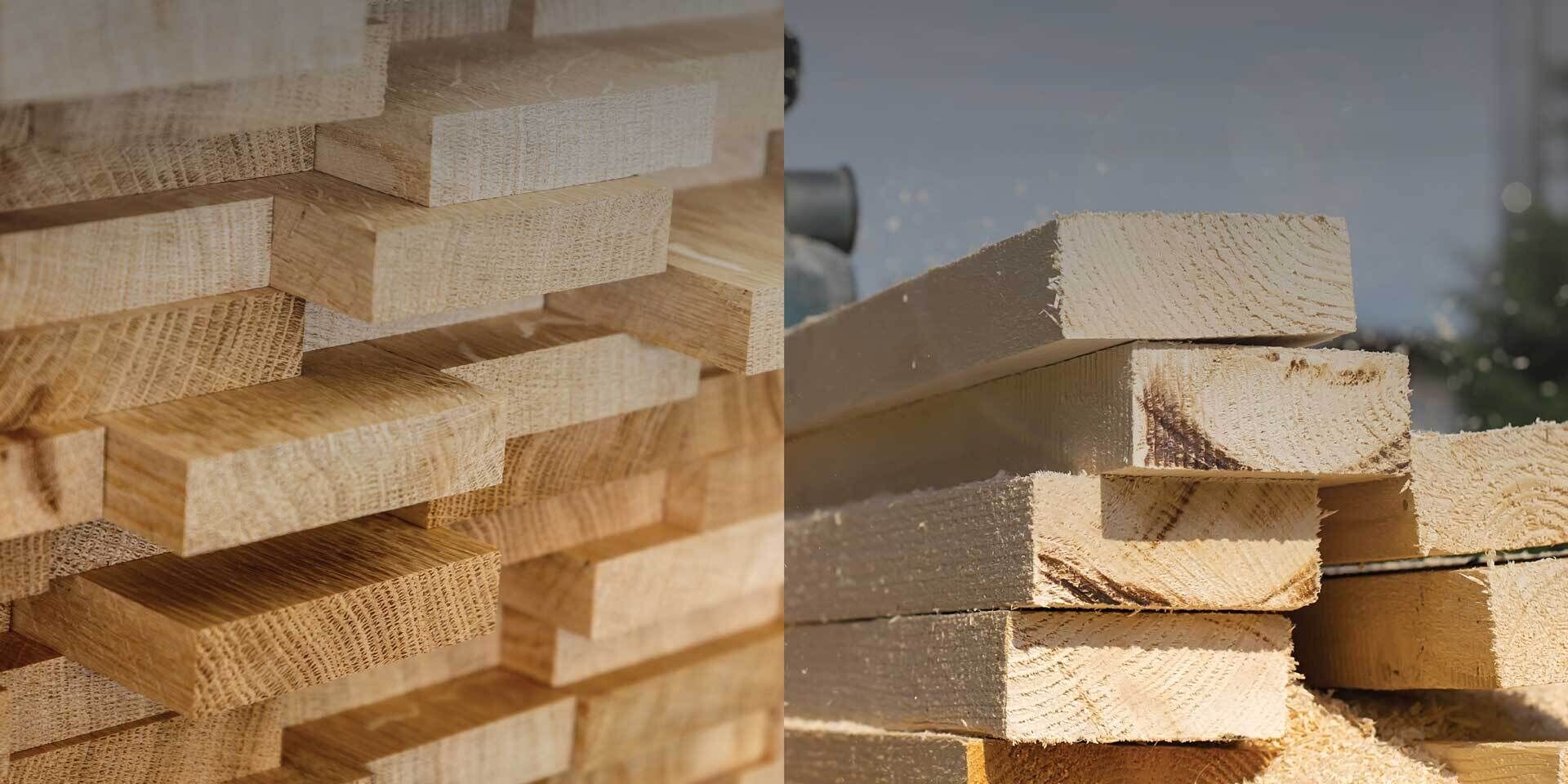
TYPE OF CUTTING
Some saws can make finer cuts than others by how they work. But some saws can provide different levels of finishes depending on the blade used. As a guide, blades with more teeth will deliver a cleaner cut but take longer to make. While blades with fewer teeth get the job done quicker but rougher.
POWER SOURCE
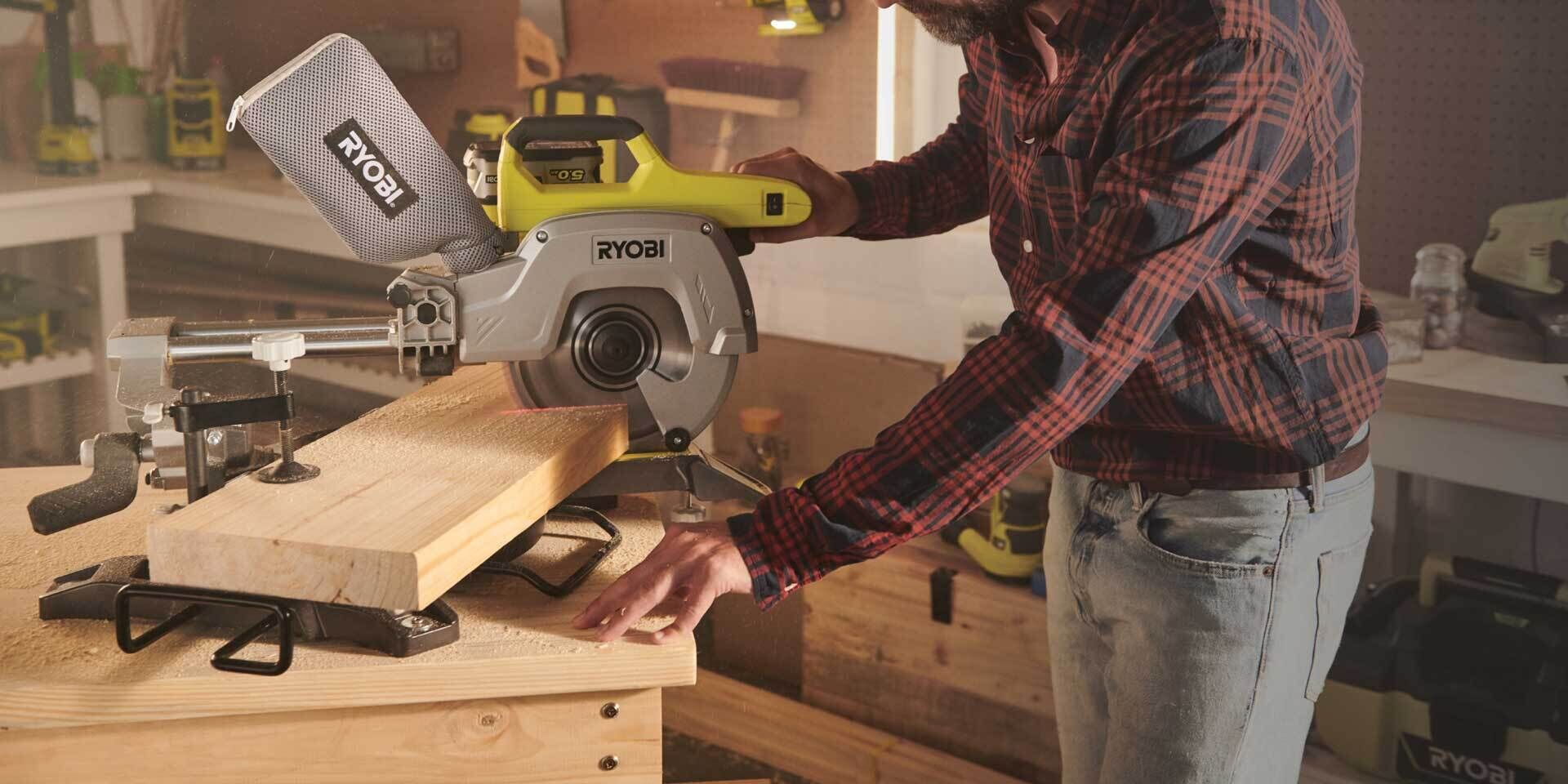
CORDLESS
Most models of saws are available in a cordless (battery-powered) option. Cordless models are great in that they don’t have power cords that can get in the way or be damaged accidentally – and you have the flexibility to use the tool anywhere. It is recommended that you use larger capacity batteries for their increased runtime and power as saws are power-hungry by nature. PS: Letting the tool do the work by not over-applying pressure will extend runtime, too.

CORDED ELECTRIC
All saws and sizes are available as electric models. Saws, in general, can be ‘power hungry’ and having a limitless supply of energy can be useful, especially when making multiple cuts or through thick materials, like sleepers. However, you are tethered to a power cord, which means staying within 25m of a power point, and extra care needs to be taken to ensure the cord is not damaged accidentally by coming into contact with the tool itself, or water.
TYPES

CIRCULAR SAWS
These are the most common saw and part of the ‘big 3 power tools’ in most sheds – ie: circular saw, drill and sander. Primarily designed to perform straight cuts in wood and some plastics, the circular saw is the go-to saw for cutting longer lengths of timber down to size. With the right blade, circular saws can also cut thin aluminium.
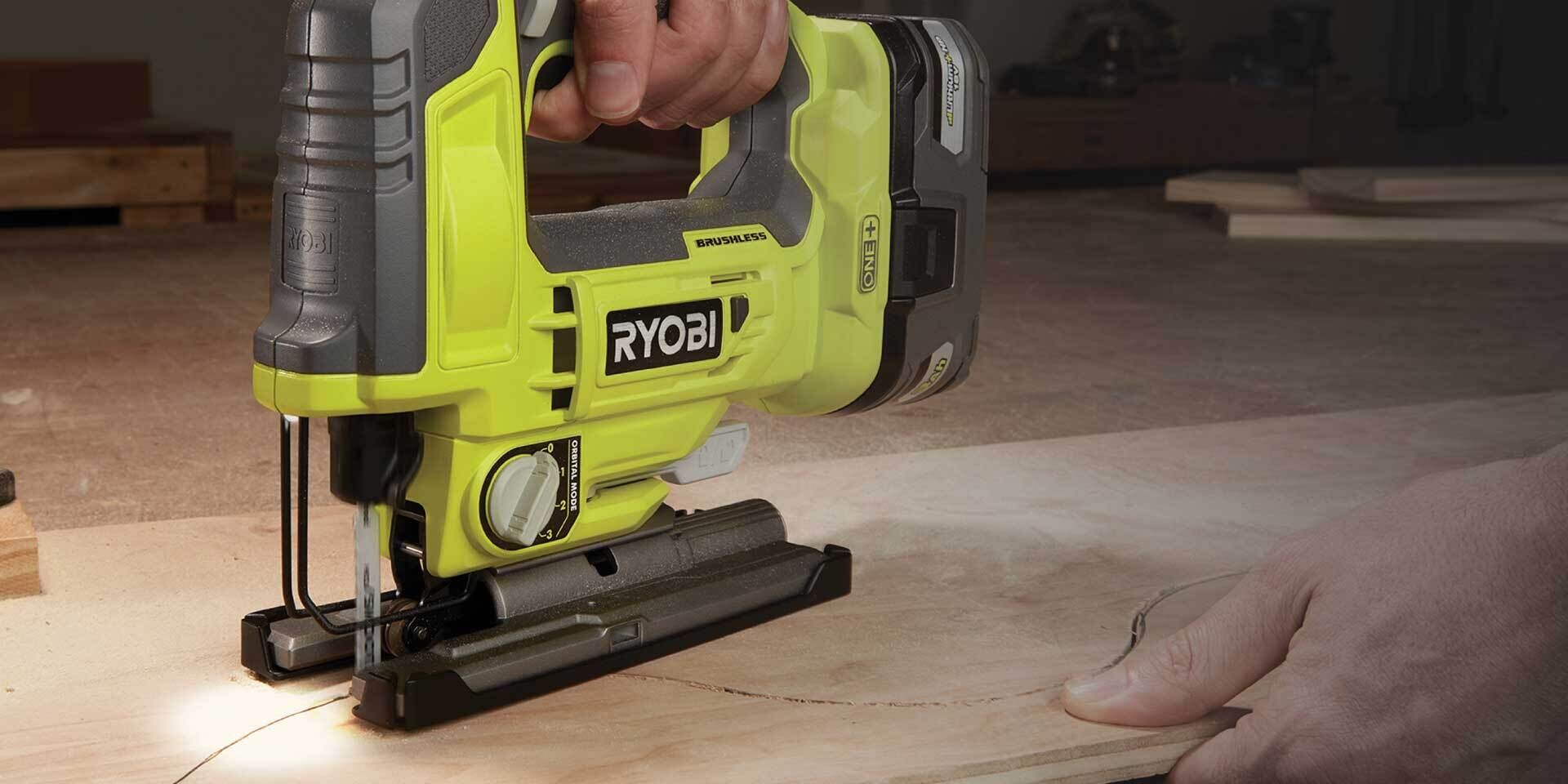
JIGSAWS
Jigsaws can be used to make straight and curved cuts in a range of materials such as wood, metal and plastic, and have a number of blade options to achieve this. Note: the jigsaw blade you choose has to be longer than the thickness of the material you intend to cut.
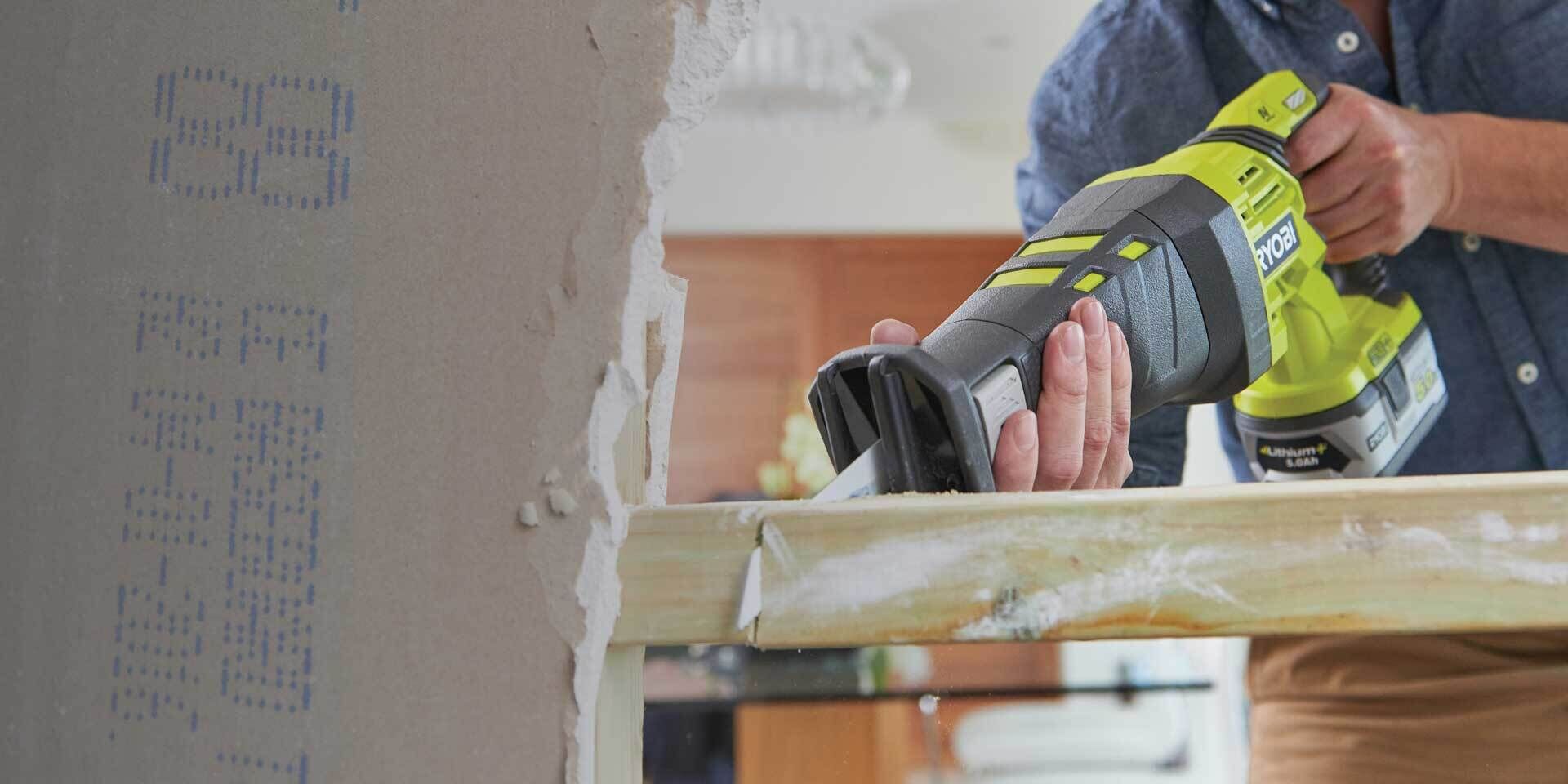
RECIPROCATING SAWS
Designed for demolition, ‘recip’ saws can cut through a range of materials such as timber, steel and PVC. Some blades allow multi-material cutting, such as cutting through nail-embedded timber. Recip saws are highly versatile, but aren’t preferred when smooth or straight finishes are desired.
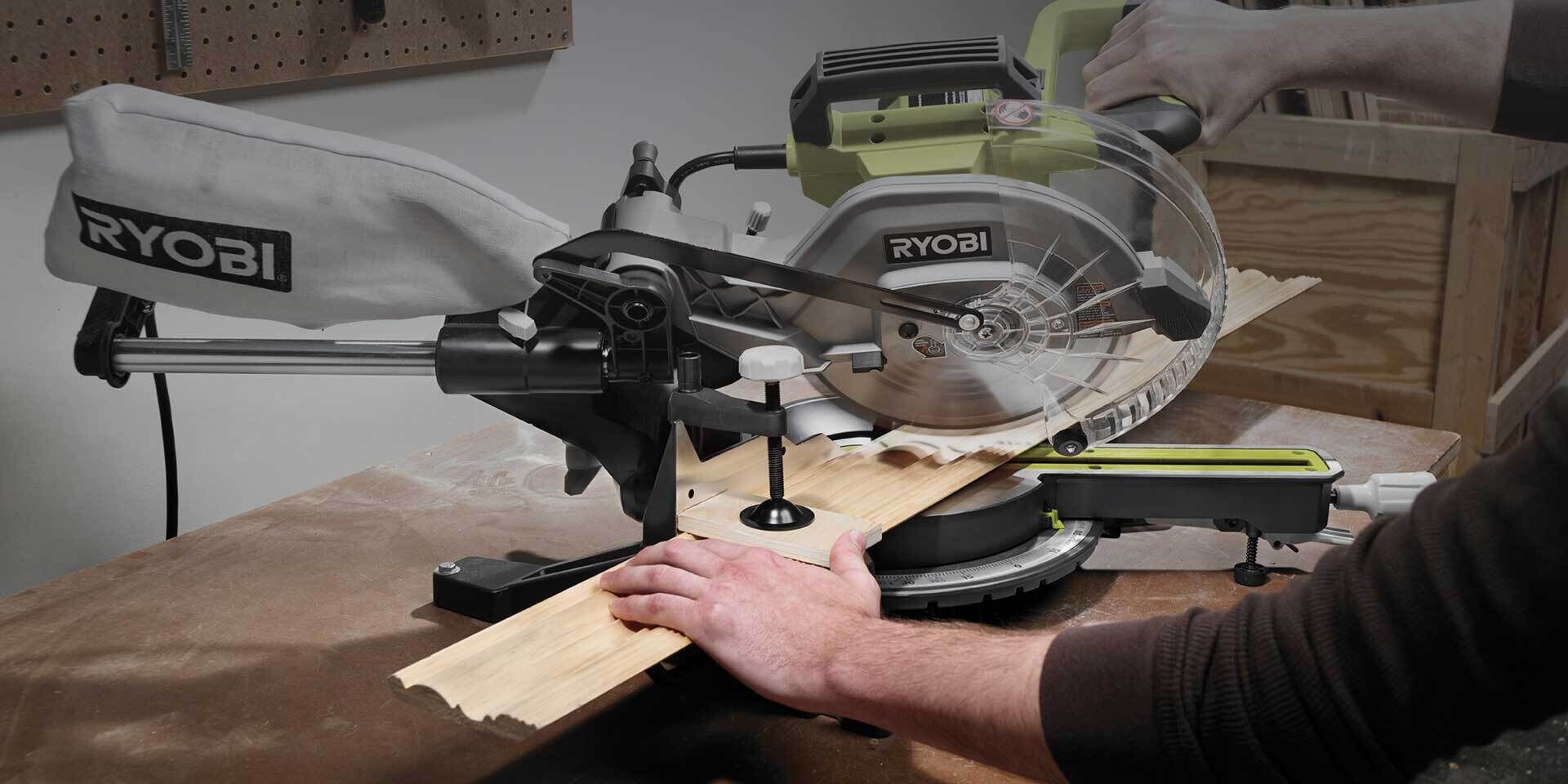
MITRE SAWS
Mitre saws are stationary saws (ones that you bring the material to for cutting) that deliver accurate, repeatable, angled cuts in timber. They are ideal for cutting decking boards or timber for architraves and picture frames. A sliding compound mitre saw gives you the ability to cut much wider material – up to 305mm, making them perfect for cutting shelving and taller skirting boards.
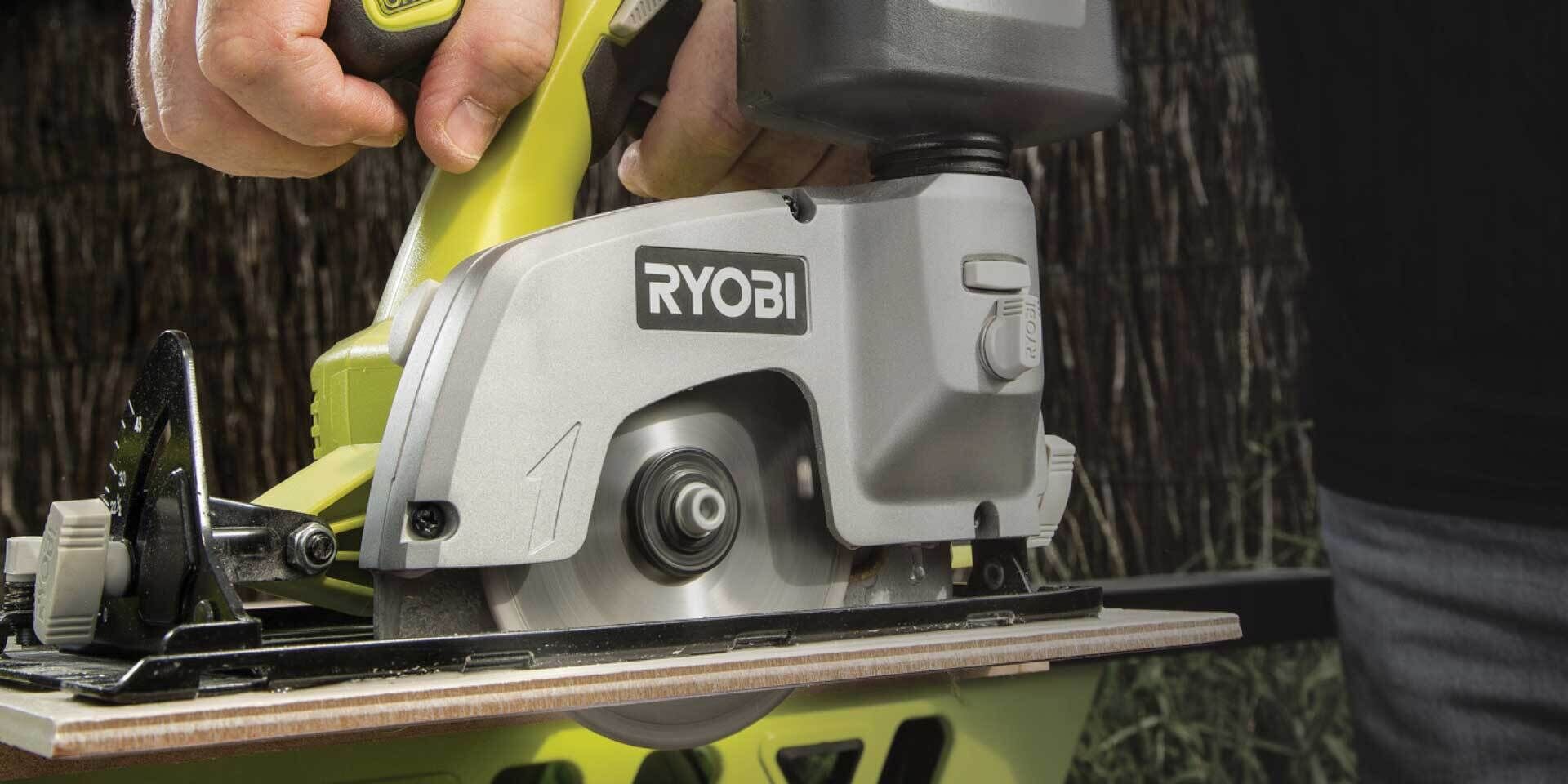
TILE SAWS
As their name suggests, tile saws are designed for cutting tiles and similar porous materials. Often, this type of saw will have a ‘wet option’ where water is used to reduce heat and friction and help avoid chipping the surface.
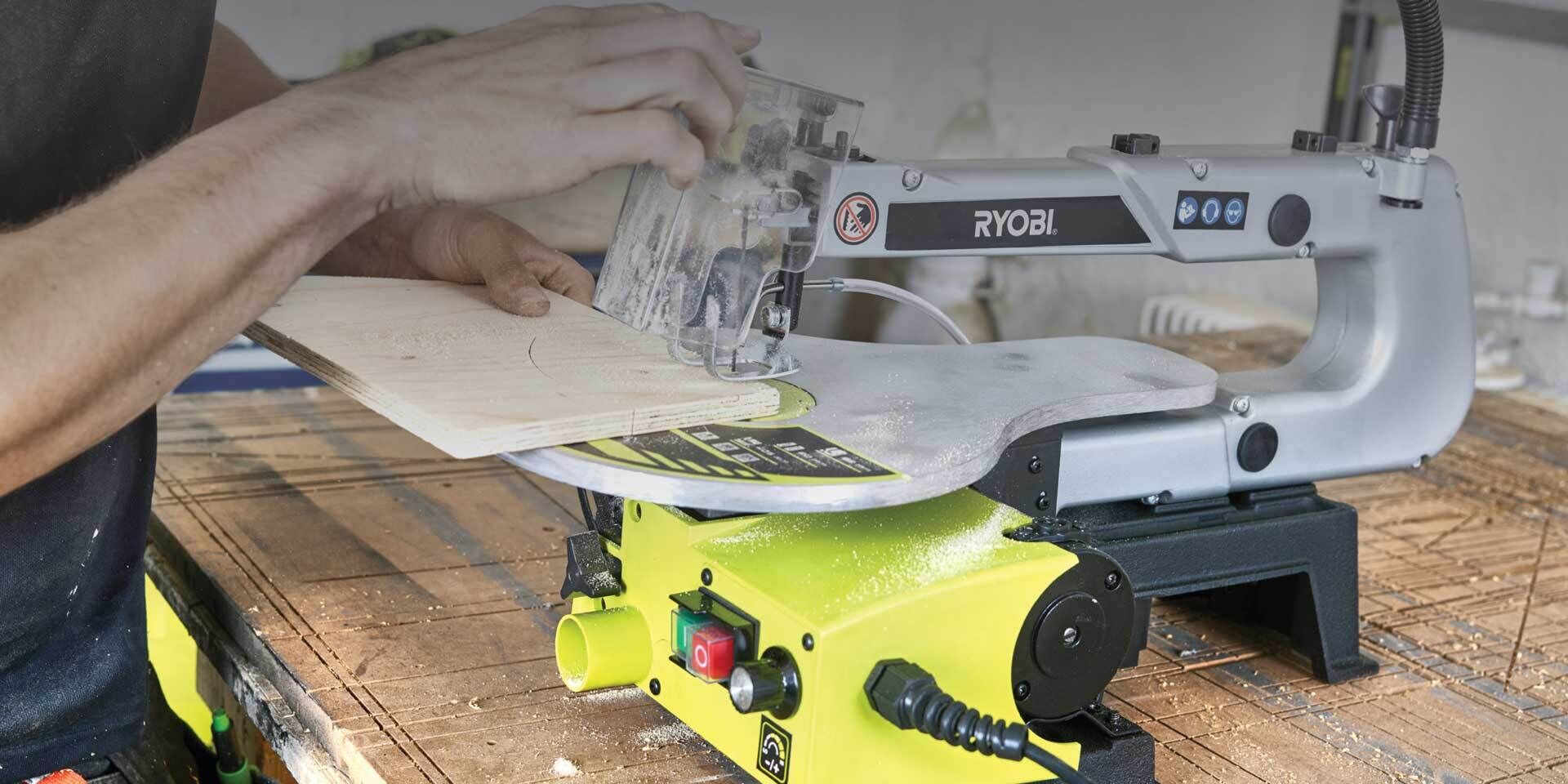
SCROLL SAWS
Specialty saws, like a metal cut-off saws, allow you to cut thicker harder metals. Workshop and benchtop saws, like band saws and scroll saws, are used to make intricate cuts, primarily in wood.
FEATURES/PURPOSE

DEPTH CONTROL
The thickness of material a saw will cut through is determined by its blade size, then any depth control on the tool itself. Limiting the depth of the blade to just breaking through the material, especially on a circular saw, will generally produce a finer cut with less friction. Adjusting the depth on a sliding mitre saw allows you to achieve rebates or trenching cuts. Jigsaws and recip saws, however, typically have no depth adjustment features.
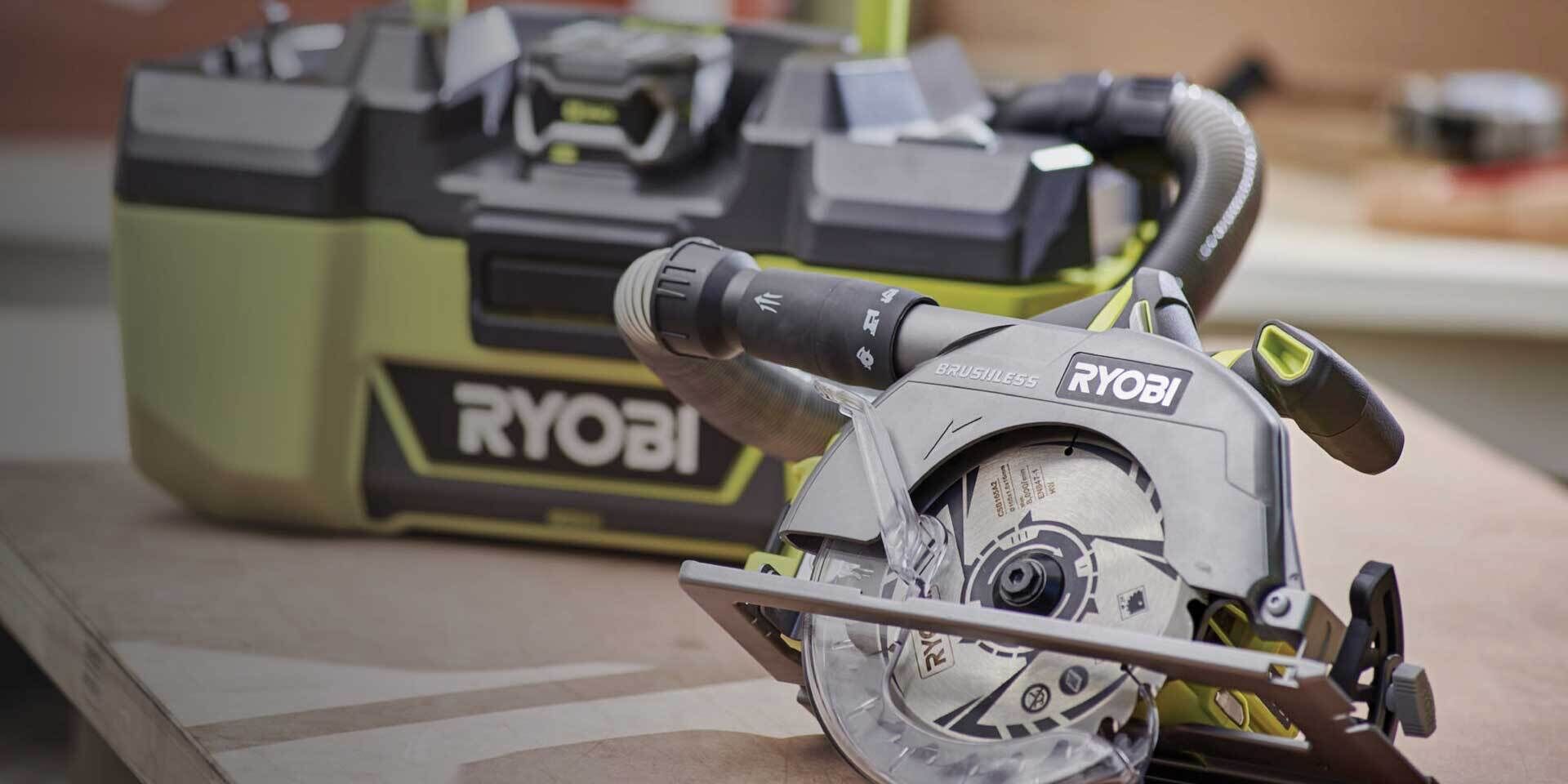
DUST EXTRACTION
Tools featuring dust extraction will have either an attached dust collection bag or unit fitted to the tool, or have an extraction port where a workshop vacuum hose can be attached – or both. Dust extraction is a great way to keep the work area cleaner, is safer for you and keeps the tools clear of dust and debris, especially when cutting materials with very fine dust particles, like MDF.
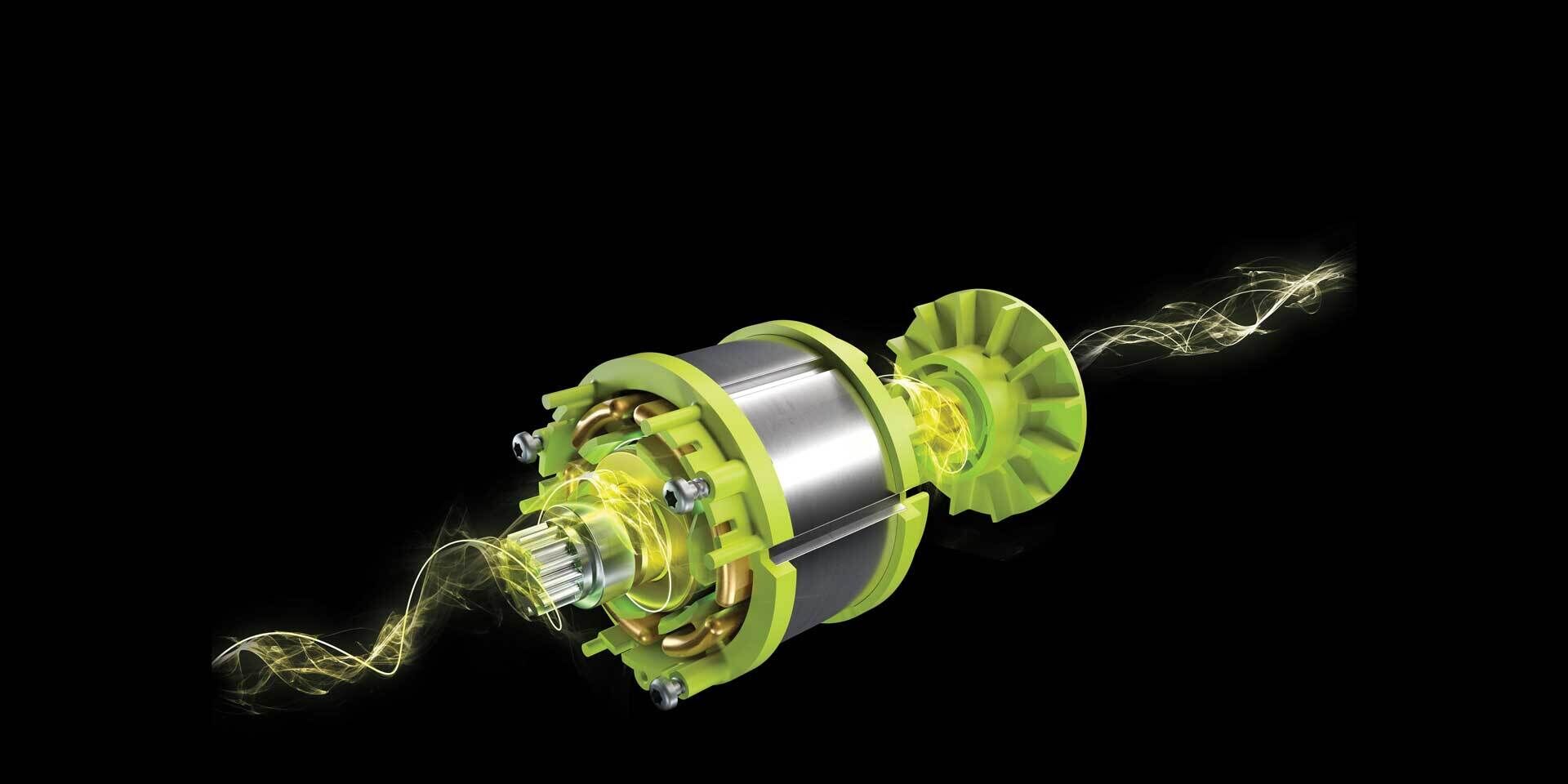
BRUSHLESS MOTORS
Saws that feature electronic brushless motors deliver the added benefit of significantly increased power, reliability and increased battery run times when compared to standard brushed motor models – so these are great for the tough jobs.
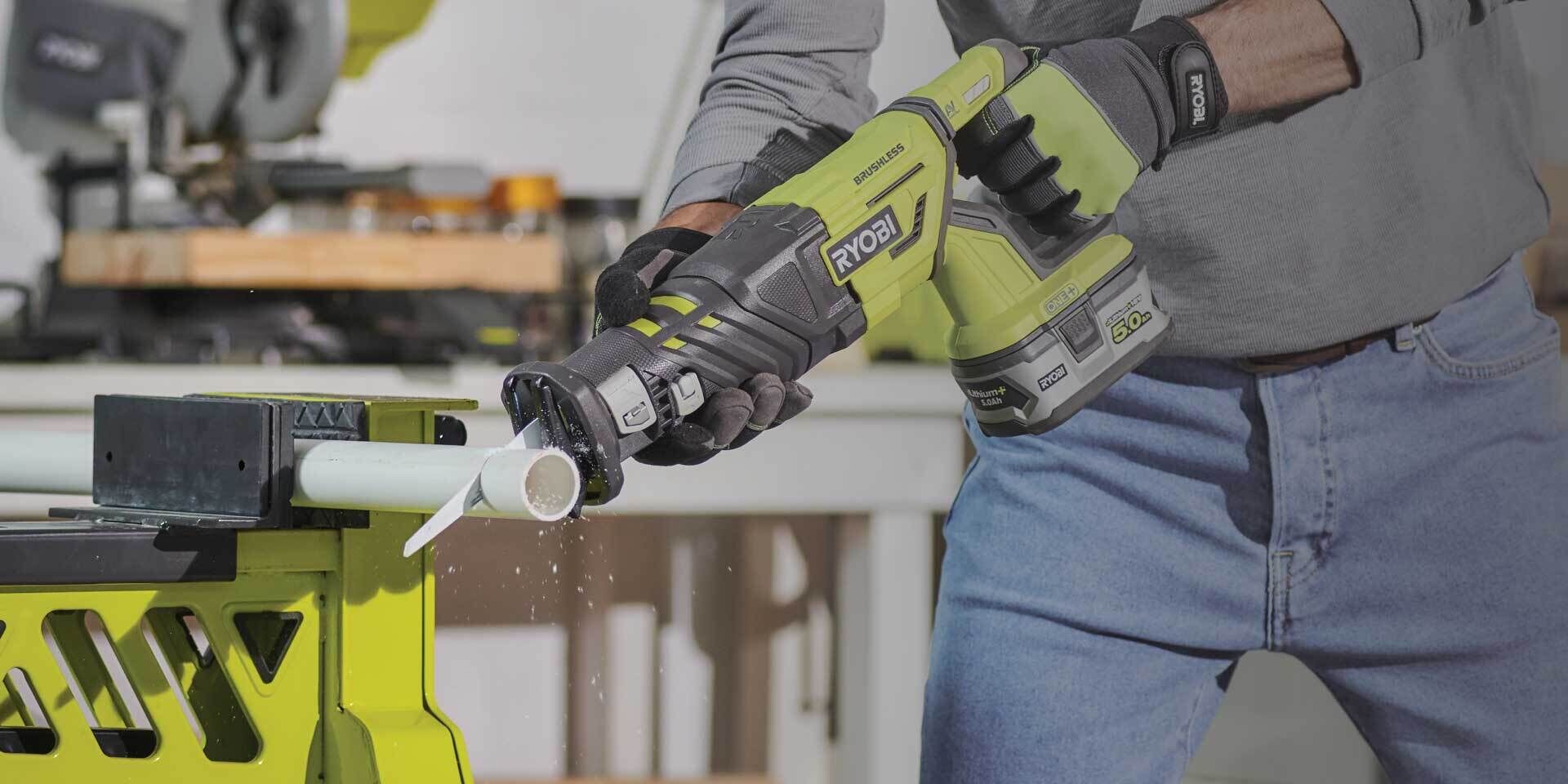
PENDULUM ACTION
(JIGSAW & RECIP SAWS ONLY)
This is featured on all jigsaws and some models of reciprocating saws. The pendulum action helps to make faster, more aggressive cuts in the material by adding forward movement to the blade, not simply up and down or in and out. Low settings are used for slow, cleaner cuts, particularly in wood, plastic and ceramics. Mid settings are ideal for assisting cutting in thin metals while higher settings are for fast, rough cutting of wood.
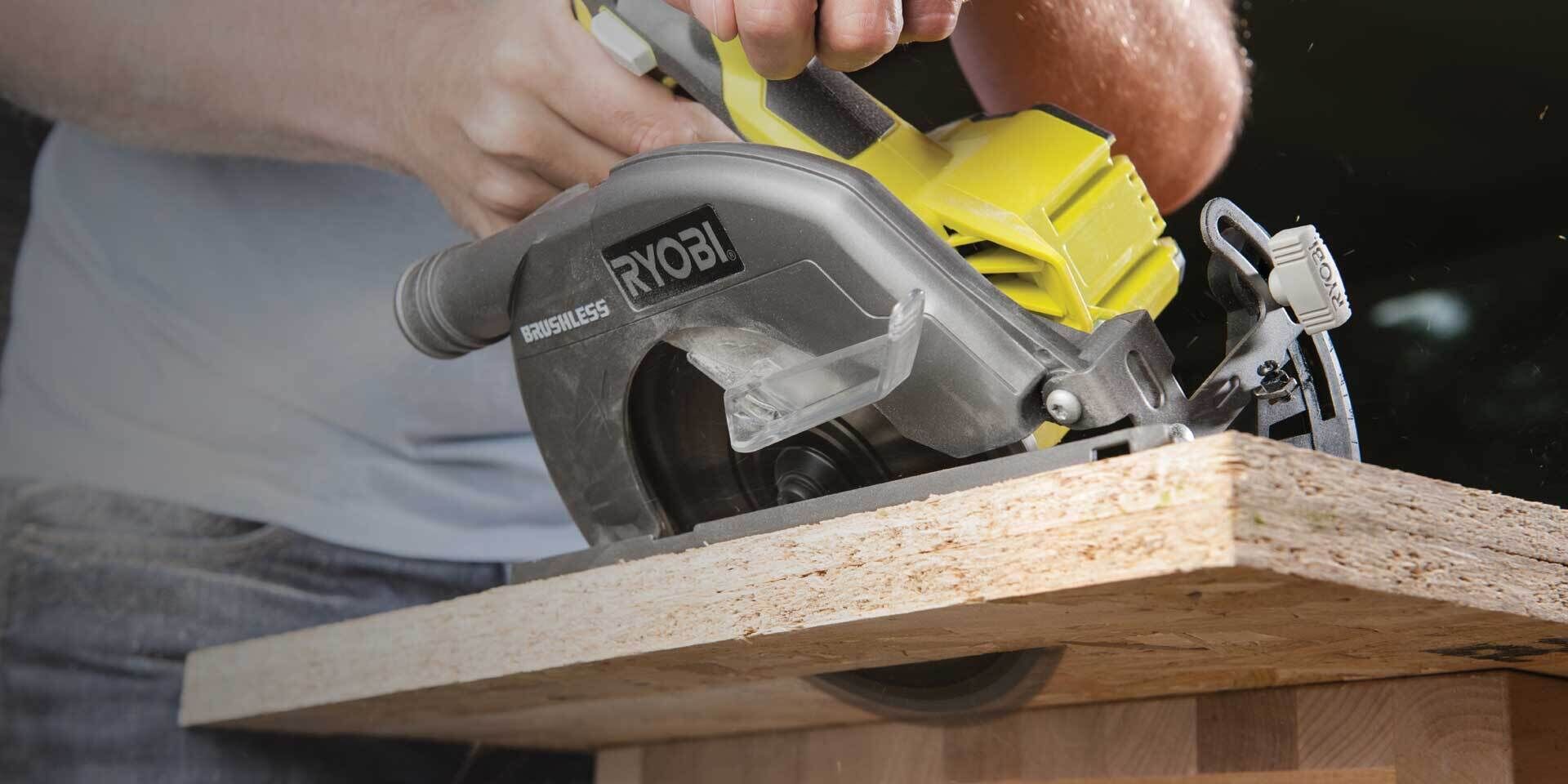
MITRE & COMPOUND CUTS
A mitre cut is a vertical cut made on the left or the right of the material. A compound cut sometimes refers to a bevel cut, when the blade is tipped on an angle to the left or right. A compound/mitre cut is a combination of the two.

SLIDING MITRE CUTS
The sliding action refers to a mitre saw that has a sliding option, where the motor and blade are on rails and can be drawn closer to the user, then pushed back to make cuts along wider boards.
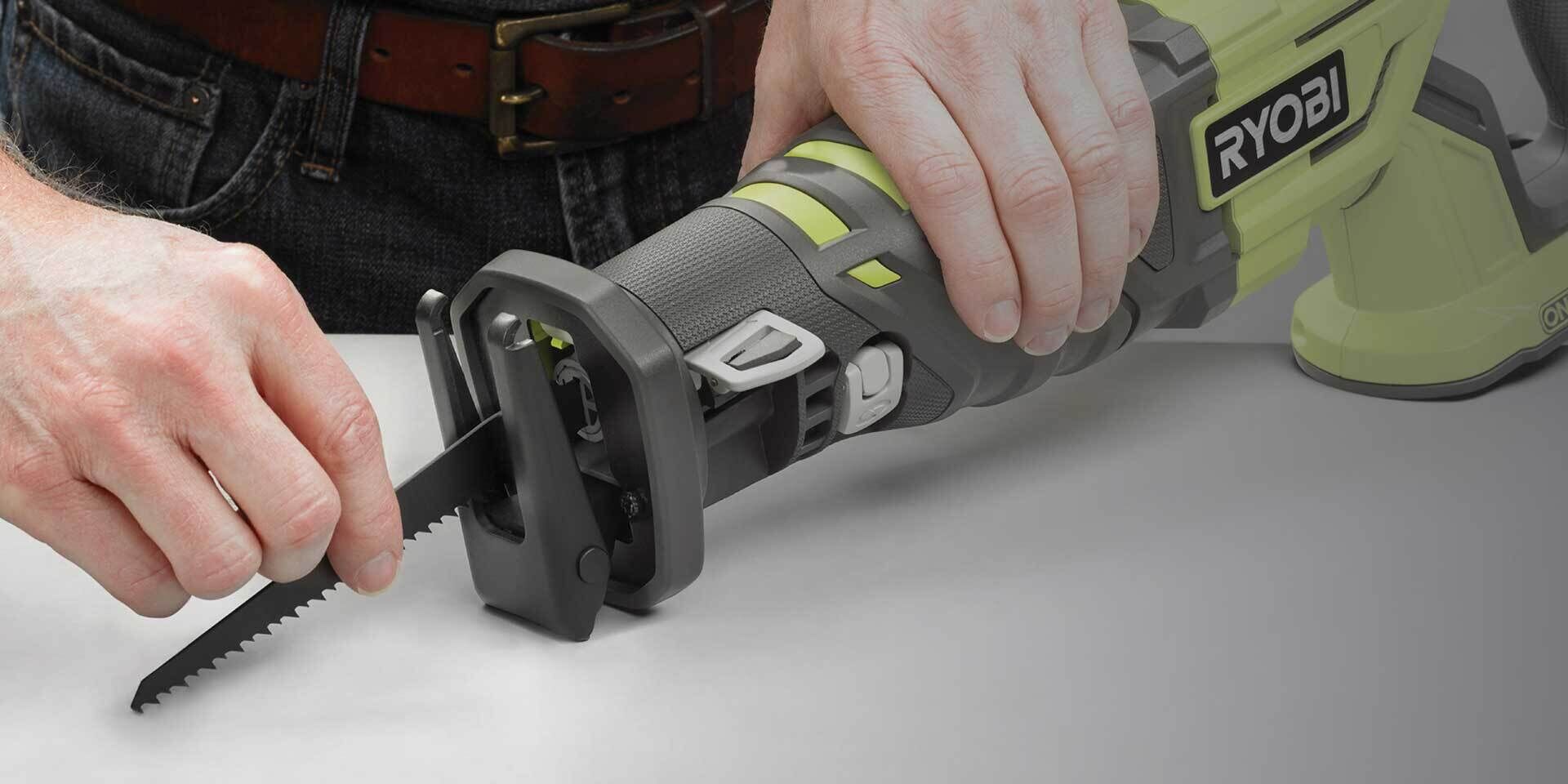
TOOL-FREE CHANGES
Tool-free changes allows the user to change accessories, like blades, quickly and easily without the needs for tools like spanners or screwdrivers. This feature is usually found on jigsaws and reciprocating saws.
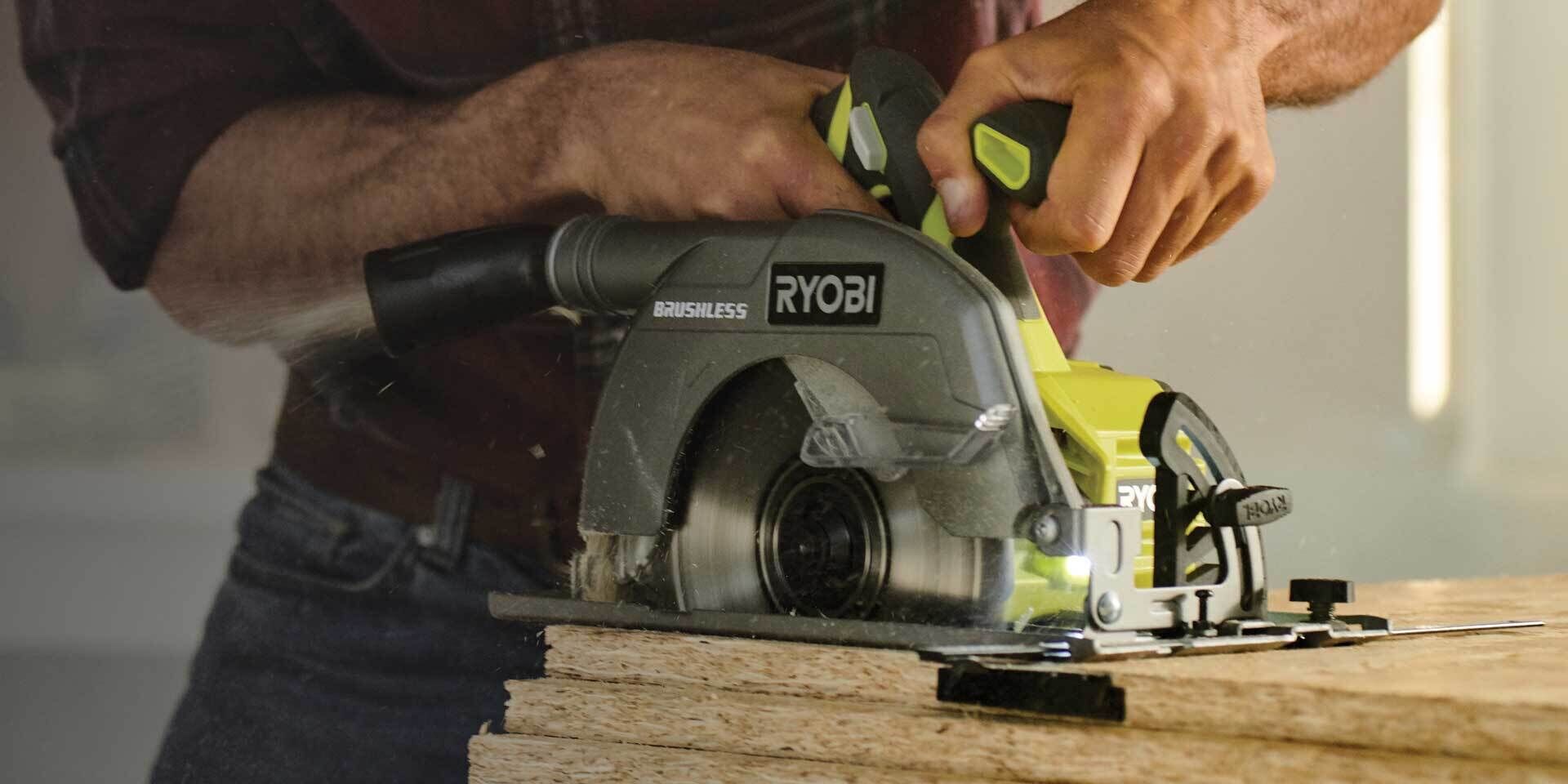
FENCE/PARALLEL GUIDE
These accessories can be fitted to circular saws and jigsaws. They allow the user to perform very straight cuts when ripping (lengthways) wood, using the edge of the wood, or another straight edge, to guide the saw.
Top SAWS Products

$798

$229

$479

$599
